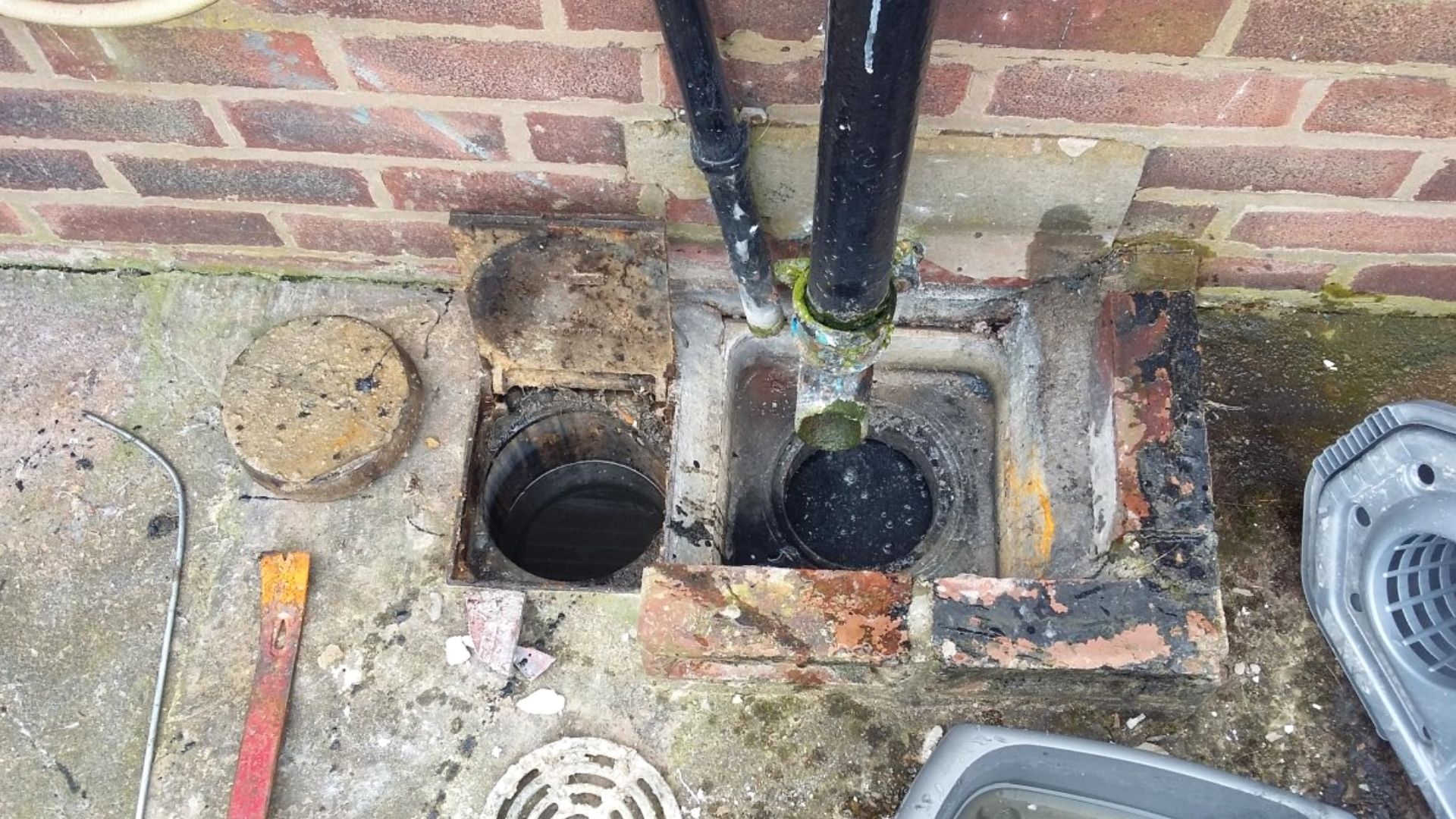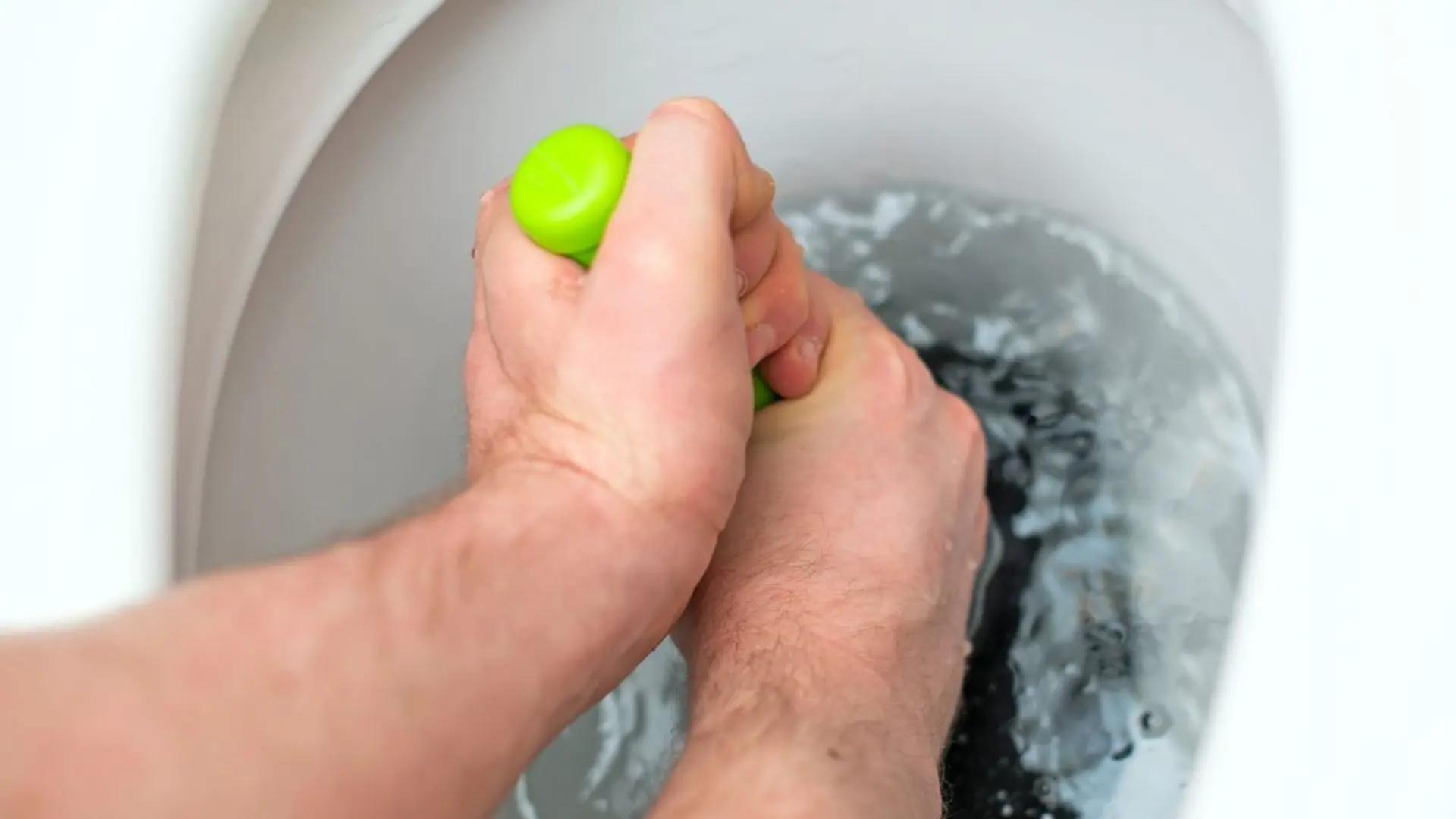Techniques for Dealing with a Blocked Drain Before Contacting Plumbing Experts
Techniques for Dealing with a Blocked Drain Before Contacting Plumbing Experts
Blog Article
We've stumbled upon this post pertaining to Tips for Dealing with Clogged Drains and Sewer Lines below on the web and reckoned it made perfect sense to relate it with you on this page.

Introduction
Handling a blocked drainpipe can be a discouraging experience, disrupting day-to-day activities and possibly causing damage to your home. Nevertheless, prior to reaching out to pipes professionals, there are steps you can require to address the problem on your own. In this guide, we'll check out DIY options and safety nets to take on a blocked drain successfully.
Recognizing the Concern
The first step in resolving an obstructed drainpipe is recognizing the signs. Slow drainage, gurgling sounds, foul odors emanating from drains, or water backing up are common signs of an obstructed drainpipe. Determining these indicators early can help protect against additionally issues.
Picking the Right Pipes Solution
When choosing a pipes service, think about elements such as experience, licensing, and client reviews. Pick a respectable plumbing technician with a performance history of top quality craftsmanship and transparent prices practices.
Expense Factors to consider
The cost of expert drainpipe cleaning services can differ depending on the intensity of the blockage and the plumbing technician's rates. Request quotes from several service providers and inquire about any kind of additional charges to guarantee transparency and prevent shocks.
Safety Precautions
When attempting DIY drain cleaning, prioritize safety. Wear protective gloves and eyewear to prevent contact with unsafe chemicals or microorganisms. Never ever blend different drain cleansing products, as this can create hazardous fumes.
Case Studies
Real-life instances show the efficiency of do it yourself remedies and the value of timely expert treatment in settling drainpipe clogs.
Common Causes of Blocked Drainpipes
Recognizing the factors that contribute to drain pipes clogs is important for efficient resolution. Typical offenders consist of hair, soap residue, grease, food debris, and foreign things like hygienic products or paper towels. Tree roots invading below ground pipes can likewise cause substantial blockages.
Do it yourself Solutions
For small blockages, several DIY options can be reliable. Pouring boiling water down the drainpipe can aid dissolve oil and debris. Sodium bicarbonate and vinegar or a mix of salt and cooking soda can function as all-natural cleansers. Using a bettor or plumbing serpent to dislodge obstructions is one more choice.
Tools and Tools
Having the right tools accessible can make do it yourself drain cleansing a lot more effective. A bettor is a functional tool for clearing blockages in sinks, bathrooms, and showers. A plumbing snake or auger can get to deeper clogs, while drainpipe cleaning chemicals can be made use of carefully for persistent clogs.
Preventive Measures
To prevent future obstructions, taking on preventive measures is important. Set up drain guards or filters to catch hair and particles prior to they go into the pipes. Routinely flush drains pipes with warm water to dissolve grease build-up, and stay clear of getting rid of oil or strong waste down the drain.
When to Call a Professional
While DIY options can solve small clogs, specific indications suggest the requirement for expert help. Consistent obstructions, foul odors in spite of cleaning efforts, or multiple drains supporting all at once are warnings that warrant expert treatment.
Final thought
By complying with the tips laid out in this overview, you can effectively take on obstructed drains and stop future plumbing concerns. Whether choosing do it yourself services or looking for professional assistance, timely activity is essential to keeping a healthy plumbing system and maintaining the stability of your home.
How to Clear a Clogged Drain Yourself (And When to Call In the Professionals)
What Can Clog a Drain
Dirt Skin flakes Hair Grease Soap scum Food Offset pipes Tree roots Small objects Mineral buildup DIY Tricks to Unclog a Drain
You can fix this! Once you have identified the source of the clog (or have a vague idea), you can try one or a combination of these fixes in order to clear your plumbing.
Wire Hanger or Snake
Untangle and clear out hair from a drainpipe with a homemade snake. Use a straightened-out wire hanger with a 90-degree angle hook to locate the clog and drag out any unwanted material.
Remember not to push the clog further down to where the wire hanger cannot reach! If you need to follow up with a plunger, give it a try. Your efforts might be more successful after it’s been wire-snaked.
If you want to get fancy and don’t have a wire hanger to spare, head to the store and pick up a hand-operated drain snake. You can get one for $10-$30. It may save you the hassle, and provide additional length to reach deep into the clogged pipe.
Plunger
A cup plunger has a suction cup attached to a wooden handle. The rubber creates a seal around the drain, and increases the pressure force of the plunger.
Plunge for 30-second increments to loosen the clog. This may need to be repeated over the course of 15-20 minutes. Once plunged, run the water to flush the remaining material out of the drain.
Remember– never use a plunger if you have used a chemical drain cleaner. These chemicals can splash up from the force of the plunger and cause serious injury or burns.
Boiling Water
Hot water can sometimes break up materials into a flushable amount. Dirt, grease, and soap buildup requires heat in order to unstick from surfaces.
Take your kitchen kettle and heat your water to a boil. Once it reaches a rolling boil, pour it directly down the drain into the blockage. Carefully follow with plunging, if necessary.
Don’t worry if this takes more than one try! It can often take multiple kettles and repeated plunging in order to clear a particularly stubborn clog.
Chemical Drain Cleaner
As a last resort, pick up a bottle of chemical drain cleaner. Drain-cleaning chemicals are potent, and not very good for the environment.
You may need to wear protective eyewear in gloves before handling your bottle of chemical drain cleaner. Follow the instructions printed on the bottle, and flush with water as soon as the instructions allow. Do not follow with plunging.
Baking Soda and Vinegar
As a safer alternative to chemical drain cleaner, baking soda and vinegar can create a chemical reaction that clears tough clogs.
Combine one cup of cleaning vinegar with one cup of boiling water, and set aside. Once you have done this, pour half a cup of baking soda down the drain. Give the baking thirty seconds to settle and cover a large portion of the problem drain.
Following the baking soda, pour down your vinegar and hot water solution. Once the vinegar and baking soda combine, the mixture will bubble and fix. Let this reaction fizzle in the drain for about an hour.
After an hour, follow with a kettle’s worth of hot water. The heat and liquid should flush out any remaining material.
When to Call a Plumber
If your DIY attempts haven’t cleared your clog drain, it’s time to call in a professional. It’s not worth losing access to your kitchen sink or high-traffic bathroom. A clog in a vital area can keep you from the things you’d rather be doing, and derail your routine.
Anytime a clog is causing water to spread is a time to call in a plumbing service. What starts out as a little bit of water can quickly grow into serious, expensive water damage.
Additionally, a serious clog can result in burst pipes or serious leaks. Make sure you know when to take it seriously!
https://myguysnow.com/how-to-clear-a-clogged-drain-yourself-and-when-to-call-in-the-professionals/

Do you enjoy more info about What I learned from trying to deal with a clogged drain? Try leaving feedback directly below. We'd be glad to hear your thinking about this blog posting. Hoping to see you back again soon. Sharing is nice. Helping others is fun. We take joy in your readership.
Get Offer Report this page